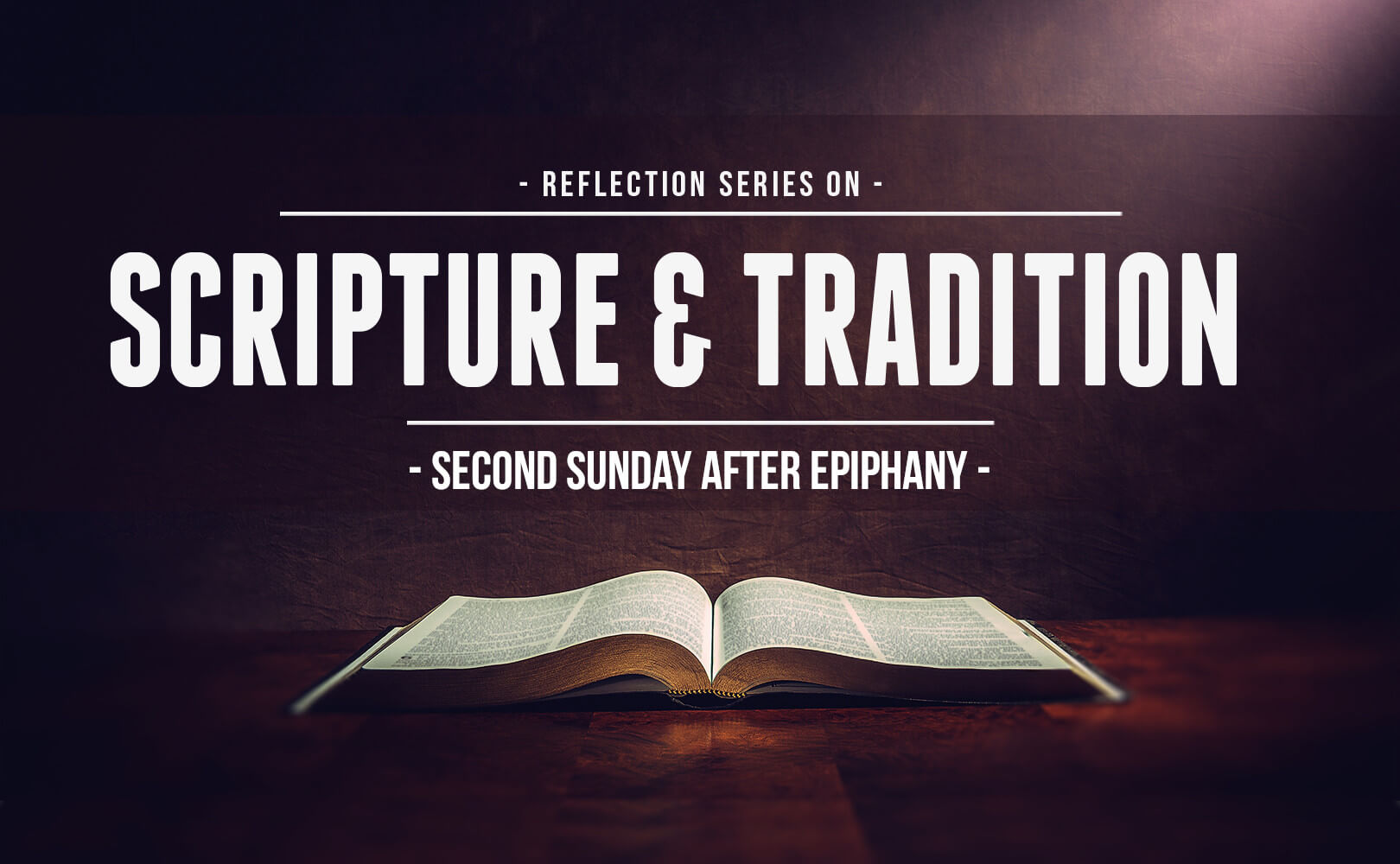Epistle: Romans 12:6-16
Gospel: John 2:1-11
Almighty and everlasting God who dost govern all things in heaven and earth, mercifully hear the prayers of Thy people, and grant us Thy peace all the days of our life.
– From the Collect for the Second Sunday After Epiphany
We are in the midst of the Season of Epiphanytide, when the Church calls us to reflect on the manifestation of Christ’s divinity to the world. A primary way in which Christ manifested his divinity is through his miracles, and the Sunday Gospel for the 2nd, 3rd, and 4th Sundays after Epiphany all relate miracles performed by our Lord.
This Sunday’s Gospel recounts, naturally enough, Christ’s first public miracle at the wedding at Cana, which is found in the second chapter of the Gospel of St. John. This Gospel is rich in symbolism, and John’s account of the Lord’s first miracle is no exception. Unfortunately, some of that symbolism is lost in the liturgical reading of the passage at Mass.
As is usual, the liturgical reading begins “At that time,” which replaces the text’s “On the third day.” The phrase “On the third day” is a common one throughout the Scriptures. In the Old Testament alone it is used over 30 times (some examples include Genesis 22:4, Genesis 34:25, Exodus 19:11, and Esther 5:1), and of course the “third day” points to the Resurrection of Christ on the third day after his Crucifixion.
St. Theodore of Heraclea reflects on the symbolism of the “third day,” writing:
He convened the wedding on the third day, that is, in the last times of the age. For he struck the transgression that was in Adam and again bandaged us on the third day, that is, in the last times when, becoming human for us he took on the whole fleshly nature that he resurrected in himself from the dead. Therefore, because of this [John] mentions the third as the day when he consecrated the wedding. (Fragments on John 12)
This connection to Adam is important, for in the context of John 2, “the third day” also points to the Creation of the world. John begins his Gospel, “In the beginning”, intentionally connecting it with the Creation account in Genesis 1. If we carefully read John 1, we also see that John writes “The next day” multiple times (in verses 29, 35, and 43), making this “third day” the seventh day total so far:
- Day 1: The Testimony of John the Baptist (John 1:19-28)
- Day 2 (“The next day”): Behold the Lamb of God (John 1:29-34)
- Day 3 (“The next day”): The First Disciples of Jesus (John 1:35-42)
- Day 4 (“The next day”): The Calling of Philip and Nathanael (John 1:43-51)
- Day 7 (“On the third day”): The Wedding at Cana (John 2:1-11)
Thus, John is connecting the events of John 1:1-John 2:11 to the seven days of Creation, and linking the Wedding at Cana with the seventh day of Creation. The seventh day is of course the Sabbath, when God rested after creating the world. But traditionally it is also seen as the wedding day of Adam and Eve.
And who attends the Wedding at Cana? John tells us that “the mother of Jesus was there. And Jesus also was invited:” the new Adam and the new Eve! Christ is not only the Word through whom “All things were made” (John 1:3), he is also the New Adam who overcomes the sin of the first Adam. By his miraculous transforming water into wine, he shows that the New Adam is the divine Word of the Father.
This typology of the new Adam and new Eve is deepened by the mysterious way Jesus addresses his mother in verse 4, “Woman, what is that to me and to thee?” By addressing her as “woman,” Jesus is evoking the “woman” of Genesis 3:15: “I will put enmities between thee and the woman, and thy seed and her seed: she shall crush thy head, and thou shalt lie in wait for her heel.” At the Wedding at Cana, then, not only is the new Adam made manifest, but also the new Eve: Mary, the Mother of God. By the grace of her Immaculate Conception, she crushes the head of Satan, and is the pure bride of God.
During this Epiphanytide the Church reminds us of the manifestation of the great glory of Our Lord, a glory that is reflected perfectly in his greatest disciple, the Blessed Mother. May we give him glory in all we do during this season.


